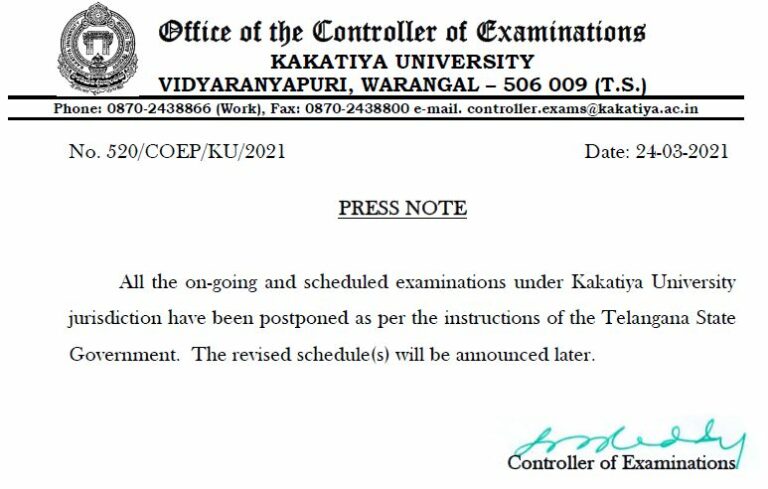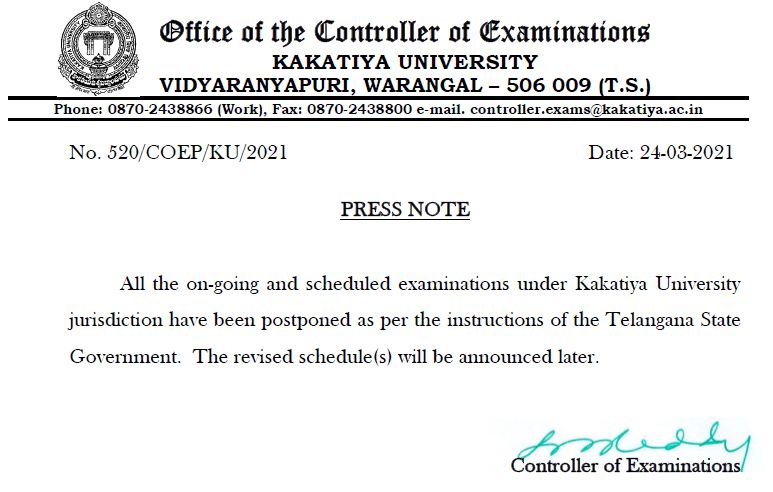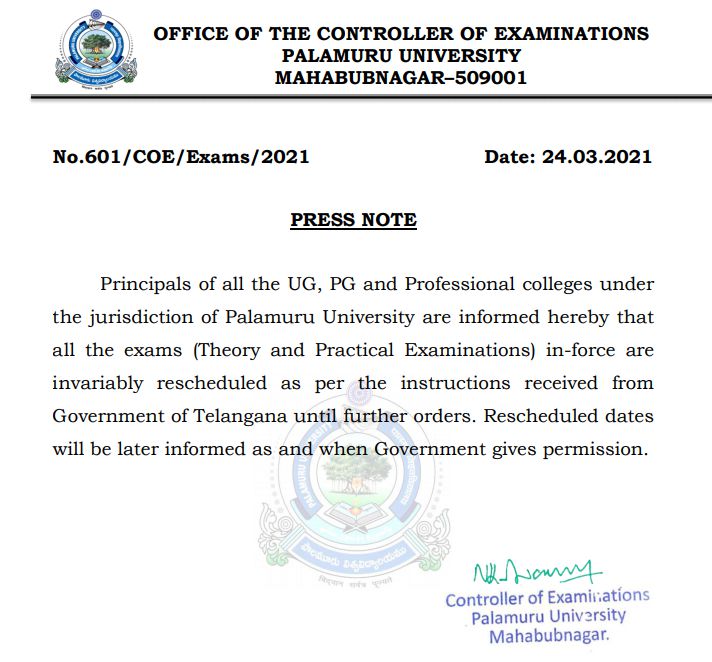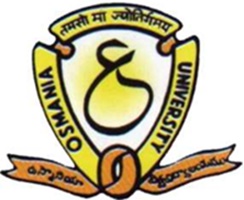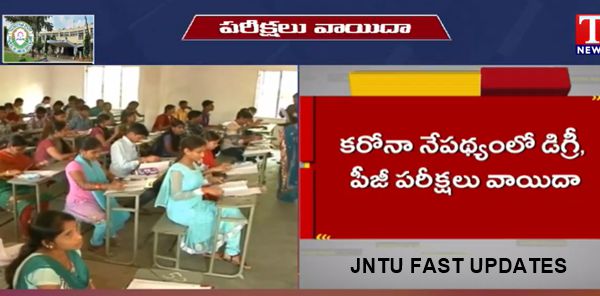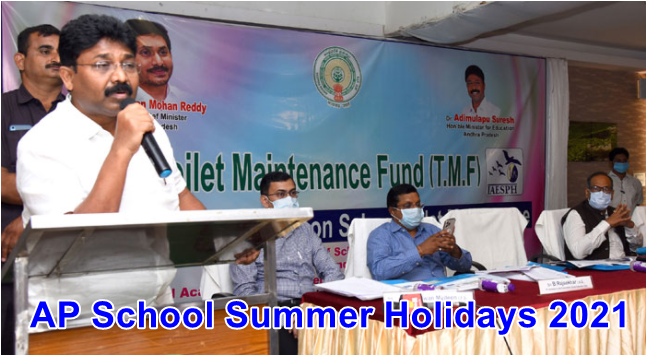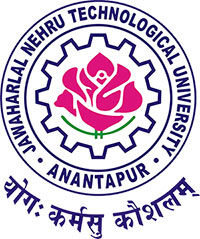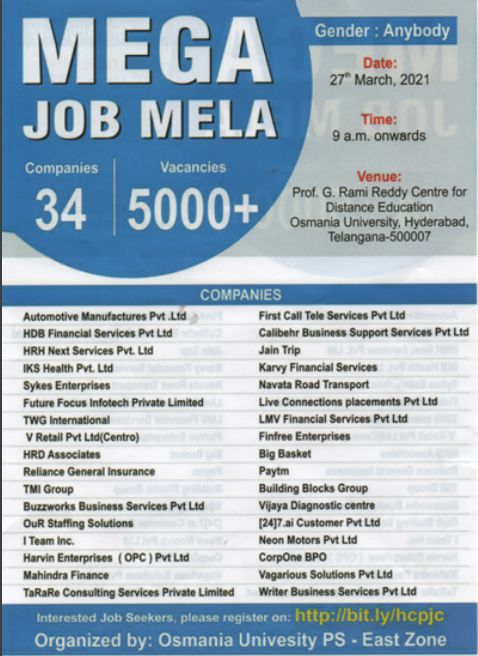AP School Summer Holidays 2021: The State Government of Andhra Pradesh announced the summer holidays for class 1st to class 10th. The summer holidays for class 1st to class 9th will be given from 31st May. The syllabus will be completed by April 30 and the summative examinations will be held on May 1-10. From May 11 to 15, a list of marks will be uploaded and promoted. Summer vacation will be given from May 31. However, the students of class 10th will get the summer vocations as per the guidelines of SCERT.
AP School Summer Holidays 2021 For 1st to 10th Class
SCERT schedule for Exams and Summer Holidays
- Complete the syllabus till April 30 for tenth class students
- Preparation for pre-final exams from May 1 to 16
- Summer holidays for class 1 to 9 will be given from 31st May
- Pre-final exams from May 17 to 24
- Preparation for final exams from May 25 to June 6
- Public examinations from June 7 to 16
Half-Day Schools from 1st April, 2021
Half-Day Schools to be conducted from April 1st Onwards because of the intense summer and fast corona spread. In the lieu of this, the Government of AP has stated that the half-day schools will be held from 1st April for class 1st to class 10th. AP Educational Minister Adimulapu Suresh announced that the schools will function from 7.45 am to 11.30 am; after that, the afternoon lunch will be provided for the students. The minister suggested that teachers should take care of the safe repatriation of students from schools.
AP Education Minister said that the decision of half-day schools has been taken due to the reasons of summer and the corona cases. The AP Education Minister has announced that students should be instructed about wearing the masks properly, COVID tests, and social distancing. The Government of AP has issued orders to schools with all the necessary guidelines.
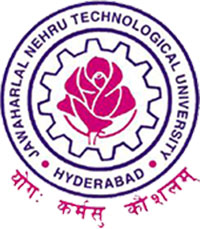

320-x100(1).gif)
